A legend has now finally embarked on its last voyage - albeit not on its own keel!
The last seven of the Class 143A fast patrol boats decommissioned at the end of 2016 and laid up at the Kiel Naval Arsenal (MArs Kiel) have been transferred to the Dutch heavy-lift transport vessel MV "Happy Sky" in a loading and securing operation lasting several weeks. An initial transport project failed in November 2024 due to mussel growth on the underwater hulls caused by the long laytime - the growth would have prevented secure mooring with straps on the "Happy Sky" and the short-term cleaning of the hulls would have caused some problems. A second attempt with a Chinese transport ship also fell through. Now it seems to have worked - as the series of pictures shows.
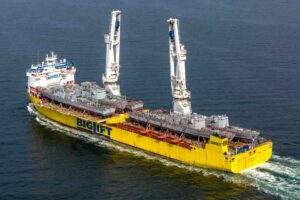
The transport ship left Kiel on 14 August 2025 with the rare cargo on board, bound for Aliaga near Izmir, deep on the west coast of Turkey. There, the speedboats are now to be processed for decommissioning the 42 MTU diesel engines (28 AnDiMot and 14 EDiMot) scaffolded on board. However, further utilisation of the boats is contractually excluded.
After the heavy-lift transport ship passed through the Strait of Gibraltar on 20 August 2025, the transport is expected to reach its port of destination on 25 August 2025, according to calculations by Schiffstracker. According to informed sources in the shipping industry, the buyer of the seven 57.6 metre-long boats, which used to travel at speeds of up to 42 knots, is located in the area of the scrapping and recycling companies in Aliaga.
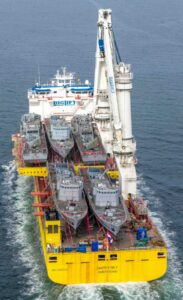
While the speedboats ex-S80 HYÄNE, ex-S79 WIESEL, ex-S75 ZOBEL (in a triple pack forward from port to starboard), ex-S76 FRETTCHEN and ex-S73 HERMELIN (aft) are moored on the upper deck of the heavy-lift transport vessel, ex-S78 OZELOT and ex-S72 PUMA are in the hold.
Since 2016, the S71 GEPARD has been a museum ship in the German Naval Museum in Wilhelmshaven. S74 NERZ and S77 DACHS were sold to a Lübeck-based company for further utilisation in March 2012 following their decommissioning due to personnel and spare parts shortages.
M. Nitz, A. Stephenson (Commander S80 HYA 1987-89)
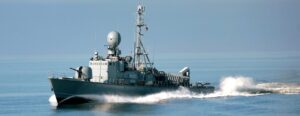
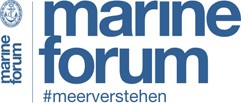
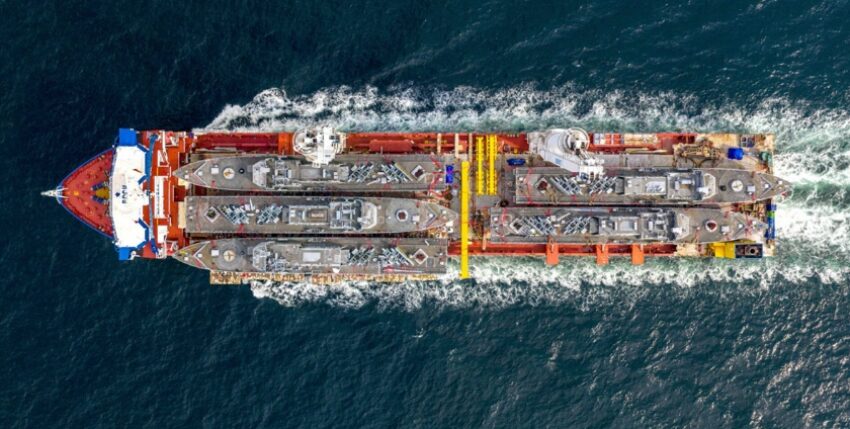









One Response
A really great and also somewhat wistful article that pays tribute to the speedboat legends! You can feel the respect for this formative era of the navy from the article.
This ending may not be a farewell at all, but rather the starting signal for the next big chapter. Your idea of building a bridge to the Future Combat Surface System (FCSS) hits the nail on the head. It is fascinating to see how the strategic necessity that once gave rise to the speedboat is now returning in a completely new form.
From "hit and run" to a networked swarm
The Class 143A speedboats were the perfect answer to the threat situation of their time: platform-centred "hit-and-run" fighters for the Baltic Sea. Each boat was a small fortress in its own right.
The FCSS takes up this basic idea of a fast, powerful force for the coastal regions, but translates it into 21st century warfare. This is where your differentiation comes into play, which is absolutely crucial:
The spirit of the speedboat, new technology: The speed requirement of around 38 knots is particularly exciting, even for the test model as part of the Operational Experimentation (OPEX); this can be increased even further in the final procurement. The navy is therefore deliberately testing the limits of what is technologically feasible - a kind of stress test to see whether an unmanned system can really inherit the "sprint and strike" capability of the old speedboats.
The final FCSS will learn from the tests: the findings from the OPEX will first show which compromise of speed, range, seaworthiness and payload, i.e. also weapon load, makes the most sense for the doctrine of "distributed maritime strike power". But the very fact that such a high speed is required for testing shows that the spirit of the fast patrol boat lives on in the conceptual heart of the FCSS.
"Mass counts" rethought: In the past, many boats with many crews were needed. Today, mass is achieved through unmanned, "dispensable" systems that operate as a swarm. Or perhaps rather as a pack? The concept of distributed maritime strike power is the logical next step.
Paradigm shift, the change from a platform-centred to a network-centred doctrine: the risk is distributed, the range of the sensors is greatly extended and the K130 corvette is transformed from a solo fighter into the "mother and lead ship" of an intelligent swarm.
The end of the fast carrier era is therefore not just the end of a platform, but the end of an entire tactical philosophy. The FCSS is not a direct replacement for the 143A Legends, but a redefinition of the capability.
It will be an extremely exciting project for the future of the navy, alongside the LRMVs. 👍